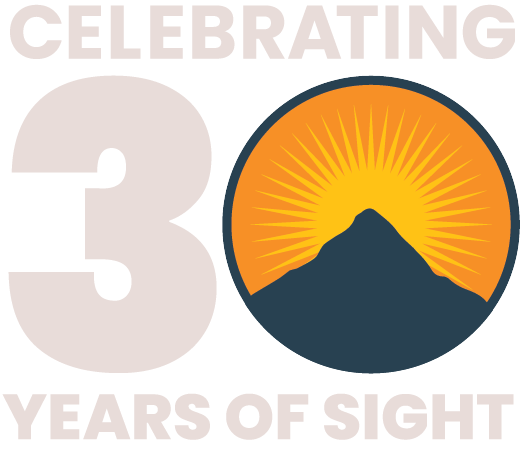On the 25th of April, a 7.8 Richter earthquake struck Nepal with its epicenter 77 km from Kathmandu. A 7.3 Richter aftershock subsequently occurred on the 12th of May, equidistant from Kathmandu. The earthquakes resulted in more than 8000 fatalities and 22,000 injuries all over the country. National heritage sites in the heart of the city were destroyed and thousands were left homeless as entire villages were almost flattened. Tilganga Institute of Ophthalmology (TIO) was one of the eye hospitals to provide emergency services for earthquake-related ocular trauma patients.
Ocular trauma remains an important cause of visual impairment worldwide. Annually, over 2.5 million Americans suffer an eye injury, and more than half a million blinding injuries occur worldwide. In Nepal, ocular trauma is widespread in comparison with more developed countries. Trauma-related ocular blindness was reported to affect 2.4% of the population according to the Nepal Blindness survey conducted in 1981, while the prevalence of ocular trauma was reported to be 0.7% according to the more recent Bhaktapur eye study in 2001. Corneal trauma leading to ulceration is the second most common cause of monocular blindness after cataract in Nepal. Major causes of ocular trauma in Nepal include agricultural and domestic work, road traffic accidents and physical assault. Although there have been many reports describing ocular trauma in Nepal, little is known about the burden of ocular trauma during the recent earthquakes in Nepal or burden due to other such natural disasters around the world.



